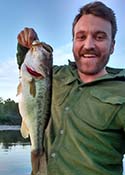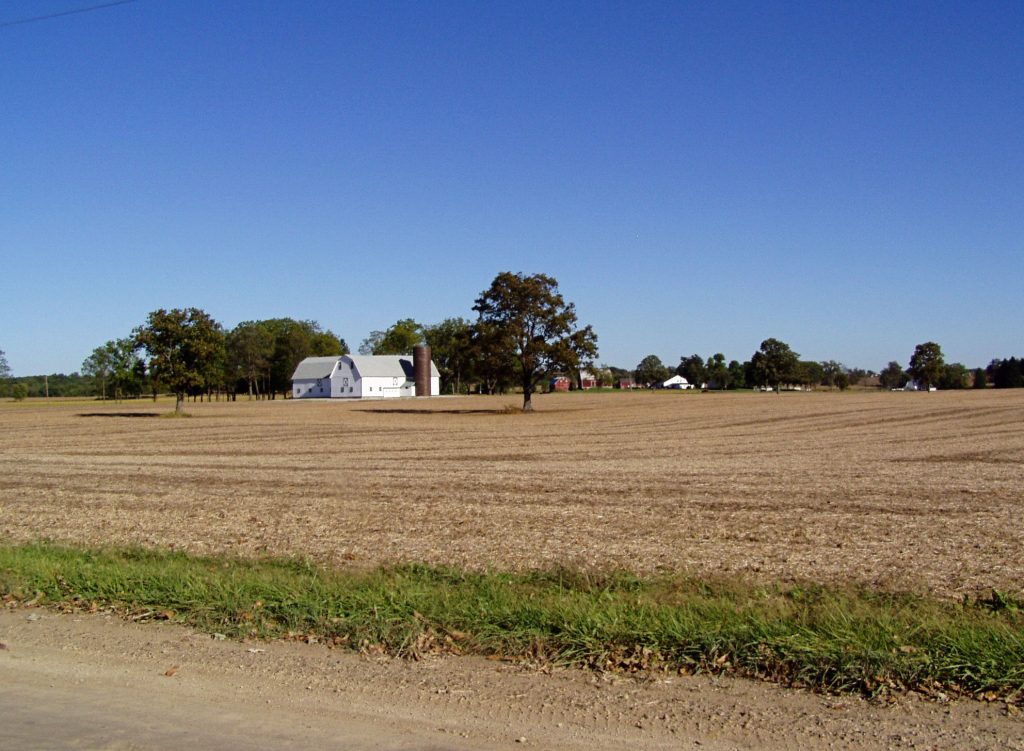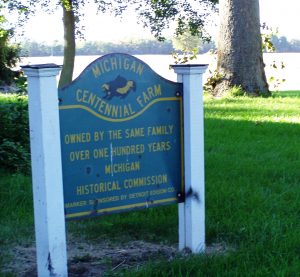 By Remy Long, Land Protection Coordinator
By Remy Long, Land Protection Coordinator
“One of these days that farm will get bought up, and it’ll just be more houses and cul-de-sacs everywhere. That’ll be a sad day.”
I can still hear my dad saying it. Driving by the rolling fields of crops on the way to school, we all wondered how long until these farms weren’t farms anymore.

This vista is a memorable part of my childhood car rides. I’m so grateful to know that it won’t ever be developed because the farmers, Howard and Kelvin Braun, protected their land (Legacy assisted with the project).
Part of my youth was spent out on Milkey Road, in an old house across the way from the historic Saline Valley Farms. The other part of my youth was spent in downtown Saline, not far from People’s, Curtis, Canterbury, and Wilderness Parks. Out on Milkey, my family cherished the cultivated lands. I spent my youth wandering through overgrown apple orchards and into the cornfields, coming home up to my knees in mud and missing another shoe the field had taken from me. In town, I walked from park to park with my mom, sometimes quietly, sometimes laughing, and here and there catching up with Bicycle Charlie. I was lucky to have a plurality of wilderness to explore, even in town and just around the corner.
My family is like many in Saline: we had never heard of land conservation, conservation agreements, or Legacy Land Conservancy. But, intrinsically, we had a deep respect for the rural heritage that surrounded us, and immense gratitude for the public natural areas nearby.

I was also lucky enough to grow up near Kendall Rogers’ centennial farm, which is protected by Legacy.
Although I was a budding conservationist, it wasn’t until I joined Legacy in 2015 that my understanding and appreciation for Saline’s remaining open spaces grew even more. I learned that a few prominent farms in the area were, in fact, never going to become paved cul-de-sacs like my dad had feared. More recently, another public park—the Leslee Niethammer Saline River Preserve—was added, conserving vital frontage along the Saline River that protects water quality, and gives residents yet another place to explore.
While my family rolled past these farms each day, and strolled through these public natural areas, we were unaware of the people working hard behind the scenes to protect Saline’s rural heritage, and to add more trails to the local pathways. We didn’t know about the farmers who conserved their lands, or the community leaders like David Rhoads and others who made these great things happen. Little did I know that I’d have the honor of working for the very organization that helped protect those places and lend a hand in keeping Saline beautiful—forever.

Another bit of Saline’s rural heritage that I’m thankful is protected: this old bridge on private land.
This Thanksgiving I want to acknowledge my elders. As a young conservationist coming into the fold so long after many spent their lives working to protect our local farms and add to local green spaces, I want to say to all my predecessors, my mentors, my friends: thank you for all you’ve done for Saline.
Thank you to Legacy, for the support you’ve offered Saline landowners over the years. Thank you to the city government that works to maintain and expand the beautiful parks of Saline. And thank you, most of all, to the private landowners who made the choice to permanently protect their farms and forests, and Saline’s local heritage.
Home is Saline, because of all you’ve done. I hope I can serve you for years to come.

 RSS Feed
RSS Feed
This is a very well written article which clearly indicates Remy’s love for the environment and his passion for protecting natural areas for the enjoyment of future generations. Thank you for all that you and the other staff at Legacy do to help the rest of us.